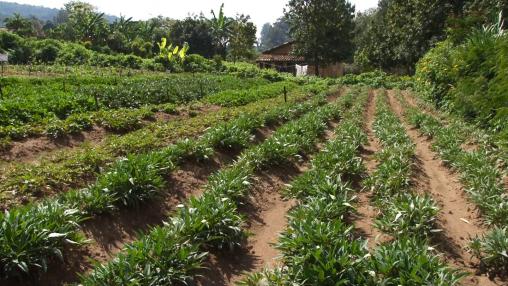
Is African Agriculture Waking Up?
This post first appeared on Trade for Development News and the ReSAKSS blog.
Despite longstanding recognition of the benefits of trade and the importance of improving competitiveness, Africa is performing beneath its potential in global and regional agricultural markets.
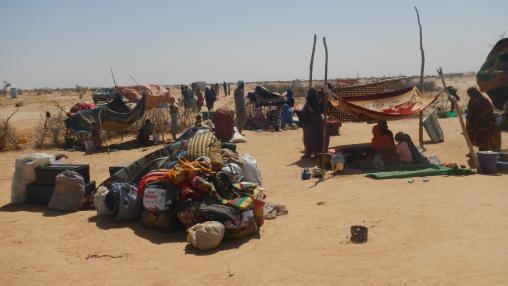
Conflict to Worsen Food Security in Central West Africa
Since mid-2018, conflict in the Liptako-Gourma region, the border connecting western Niger, northern and eastern Burkina Faso, and central and northeastern Mali, has displaced almost 700,000 people and caused massive disruptions to market functioning and livelihoods, according to a recent alert from FEWS Net . These disruptions are expected to continue to drive urgent humanitarian needs through the rest of 2020.
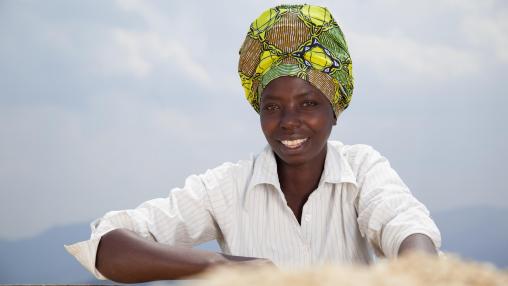
Webinar: Global Foresight Tool
Join the Food Security Portal (FSP), the International Food Policy Research Institute (IFPRI), and the CGIAR Research Program on Policies, Institutions, and Markets (PIM) in the launch of the global foresight tool Impacts of Alternative Investment Scenarios. The tool was recently developed by IFPRI’s IMPACT model team and the FSP. The Global Foresight tool provides researchers and policymakers with a flexible way to explore the impact of various agricultural investment scenarios on agricultural production, productivity, and hunger for the period 2010-2050.
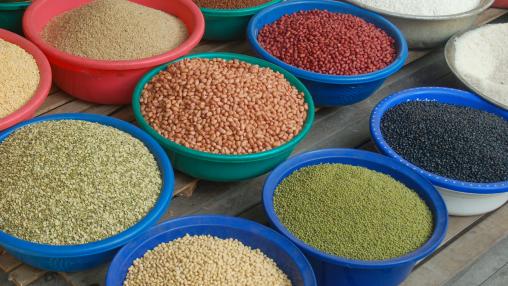
Irrigation to Feed Africa
By Claudia Ringler. This post originally appeared in African Leadership Magazine .
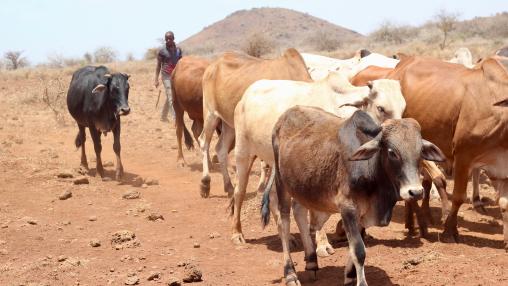
Early lean season in Southern Africa
Southern Africa could face an early start to the 2019-2020 lean season and abnormally high food assistance needs, according to a new alert from FEWS Net . Due to a significant delay in the start of the rainy season and predicted below-average precipitation through March, the region is likely to experience cumulative seasonal rainfall significantly below average. This deficit may negatively impact maize production, livestock conditions, and agricultural labor opportunities in the region.

Medium-scale farms in Africa
By Thomas Jayne and Milu Muyanga
Driven by population growth and growing land scarcity, most African farm households are witnessing the gradual sub-division of their land. Over time farms are getting smaller and smaller. Today, over 80% of farms in relatively densely populated countries – like Kenya, Ethiopia, Malawi and Rwanda are smaller than one hectare. Because they’re so small, few can generate enough income to keep farmers above the poverty line and most of them increasingly rely on off-farm incomes.
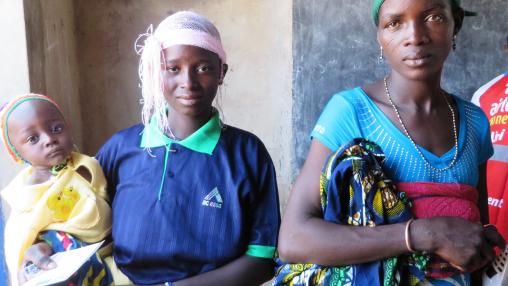
Future of Social Protection in Africa
By Fleur Wouterse
This post originally appeared on the IFPRI.org blog as the first of a series of blog posts on the release of the 2017-18 Annual Trends and Outlook Reports (ATORs) at the 2018 ReSAKKS Annual Conference in Addis Ababa Oct. 24-26. This year's ATOR theme is social protection. Read the others here , here and here .
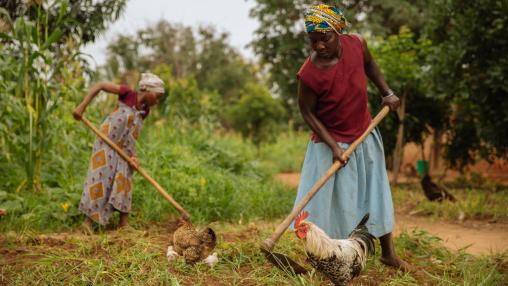
Cooperation in agricultural modernization
This piece originally appeared on the IFPRI.org blog .
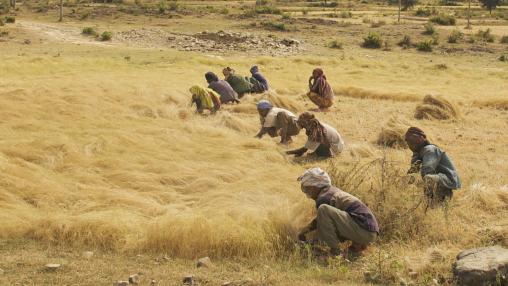
Teff love: Ethiopia’s staple crop requires big push
BY BART MINTEN, ALEMAYEHU SEYOUM TAFFESSE AND SMITA AGGARWAL
Not long ago, teff—the gluten-free, nutrient-rich, 3,000-year-old grain native to Ethiopia—had its media moment as the world began to recognize the nutritional potential of this poppy-sized staple. Teff was called the next “supergrain,” joining the select club of popular exotic grains such as quinoa, farro, and millet.
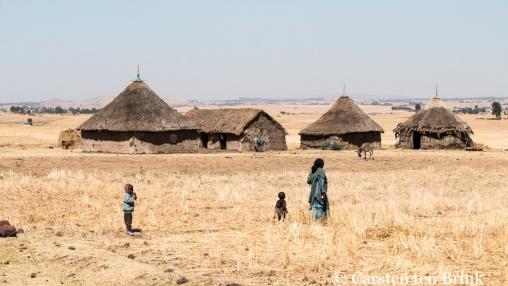
FEWS Net Updates: East Africa
Parts of the Eastern Horn of Africa experienced above-average precipitation between March and May, followed by more heavy rainfall in the northern areas of the region during the start of the June-September wet season. This increased rainfall has led to severe flooding in several areas of the region, and FEWS Net forecasts flooding and heavy rains to continue into Decembe r. Sudan remains the hardest hit, with parts of northern Ethiopia and western South Sudan also impacted.